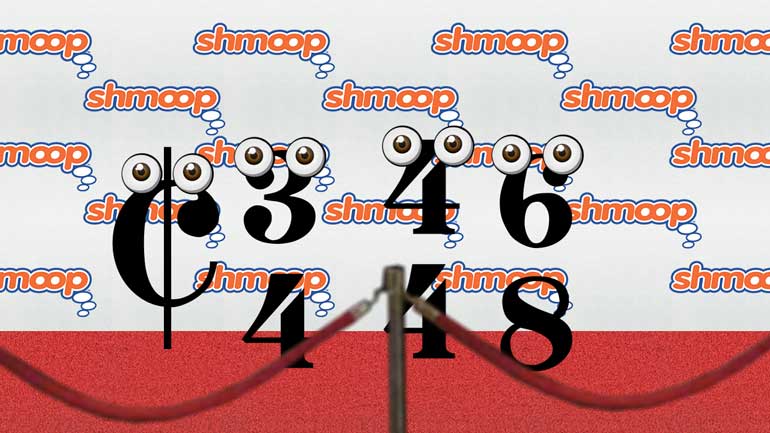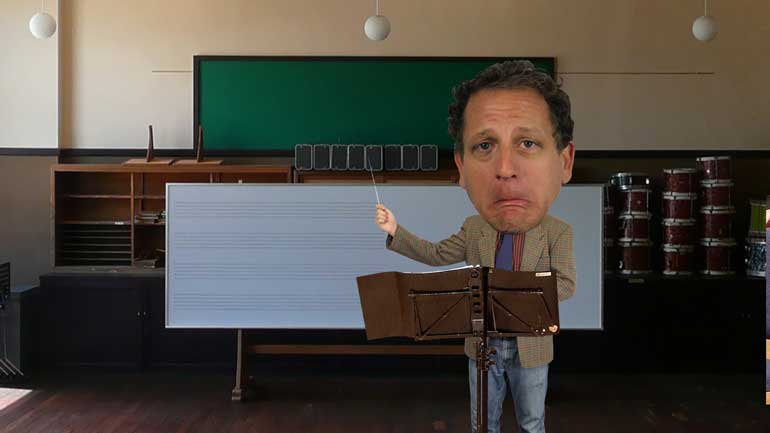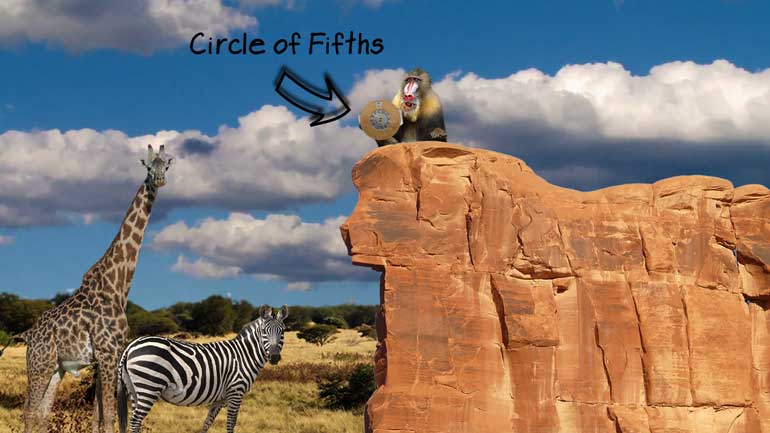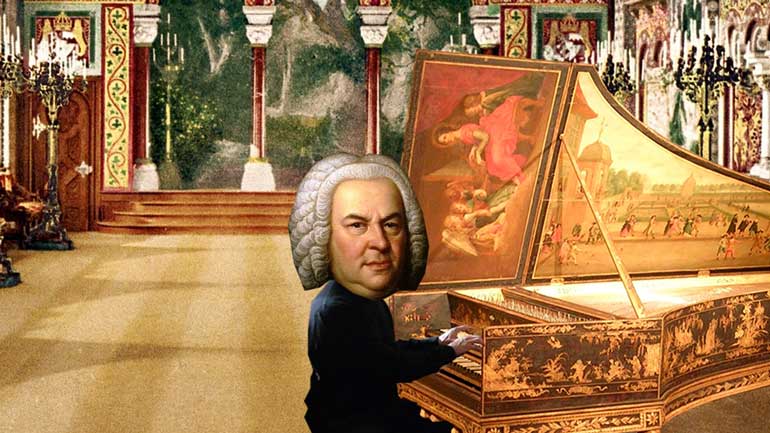ShmoopTube
Where Monty Python meets your 10th grade teacher.
Search Thousands of Shmoop Videos
AP Music Theory 4.5 Score Analysis 18 Views
Share It!
Description:
AP Music Theory 4.5 Score Analysis. Please identify the error in either pitch or rhythm.
Transcript
- 00:04
And here's your shmoop du jour brought to you by a string player
- 00:07
you would have thought he'd be friends with a solo violinist.. Turns out he [Man playing violin with a friend]
- 00:11
was a bit 'Cell-ous'... Plug in your headphones and crank up the volume
- 00:14
because this questions based on an excerpt that will be played three times
- 00:18
seriously plug in your headphones no one around you wants to hear this three times
Full Transcript
- 00:22
the scores printed correctly but in the version you'll hear there are errors
- 00:25
either in pitch or rhythm...All we have to do here is identify the error so here we
- 00:30
go....[music playing]
- 00:53
Alrighty done listening great here's our question where is the error in measure
- 00:58
10 and here are your potential answers.... Okay well measure 10
- 01:04
kind of sounds like something we're supposed to vote on in the next election [Woman holding a board outside of congress]
- 01:07
doesn't it? Vote no on measure 10 or do we want to vote yes and we can never [Woman holding a Yes and No sign]
- 01:13
remember anyway we know there's problem with measure tens let's check out the
- 01:16
rhythm first well in the first cello part we here to equal quarter notes [Quarter notes turn into quarter coins]
- 01:20
which match with what's written in the score that means answer A is knocked out
- 01:24
You know the first cello player really got off easy in this duet the second
- 01:28
cello has to do all the hard work, reminds us a lot of Bob from accounting [Bob from accounting with a large stack of papers]
- 01:31
poor intern. Anyway speaking of the second cello part it looks like the
- 01:35
rhythm is correct in the example with all sixteenth notes present and [Sixteenth notes marked by numbers]
- 01:39
accounted for so even though the sixteenth notes have perfect attendance
- 01:42
answer B is still wrong. If shmoop teaches you one thing let it be this you'll never be
- 01:47
rewarded for perfect attendance so always cut class... Our marketing
- 01:53
team just sent a bunch of angry emails and then wonder why all right well now
- 01:57
let's listen even closer checking the pitches of measure 10 scouts say his [Girl listening to music through headphones]
- 02:01
fastball is good but his curveball is lights out all right well the first [People playing baseball]
- 02:05
cello plays a G natural and an A natural then checks out with the score so that
- 02:09
means answer C can be eliminated or how about the pitches in the second cello
- 02:13
part well the second note which was played as a B-flat is not the same as
- 02:17
the fourth note which is played as a B natural well it's excellent advice for [Boy telling a girl to act natural]
- 02:21
a first date that we totally never follow. B-natural is not the correct note in
- 02:25
the score that means that the error is the pitch in the second cello part which is
- 02:30
answere D now, if you'll excuse us and we have a lot of angry emails to answer [E-mail icons appear all over the screen]
- 02:34
kids stay in school really...
Up Next
AP Music Theory 3.5 Score Analysis. What kind of chord is shown above?
Related Videos
AP Music Theory 4.1 Score Analysis. Which of the following answers is an example of compound meter?
AP Music Theory 1.1 Music Terminology, Terms & Symbols. Which of the following scales contains the notes shown above?
AP Music Theory 2.1 Music Terminology, Terms & Symbols. What is the key signature shown above?
AP Music Theory 4.2 Score Analysis. What figured bass symbol best describes the above chord?




